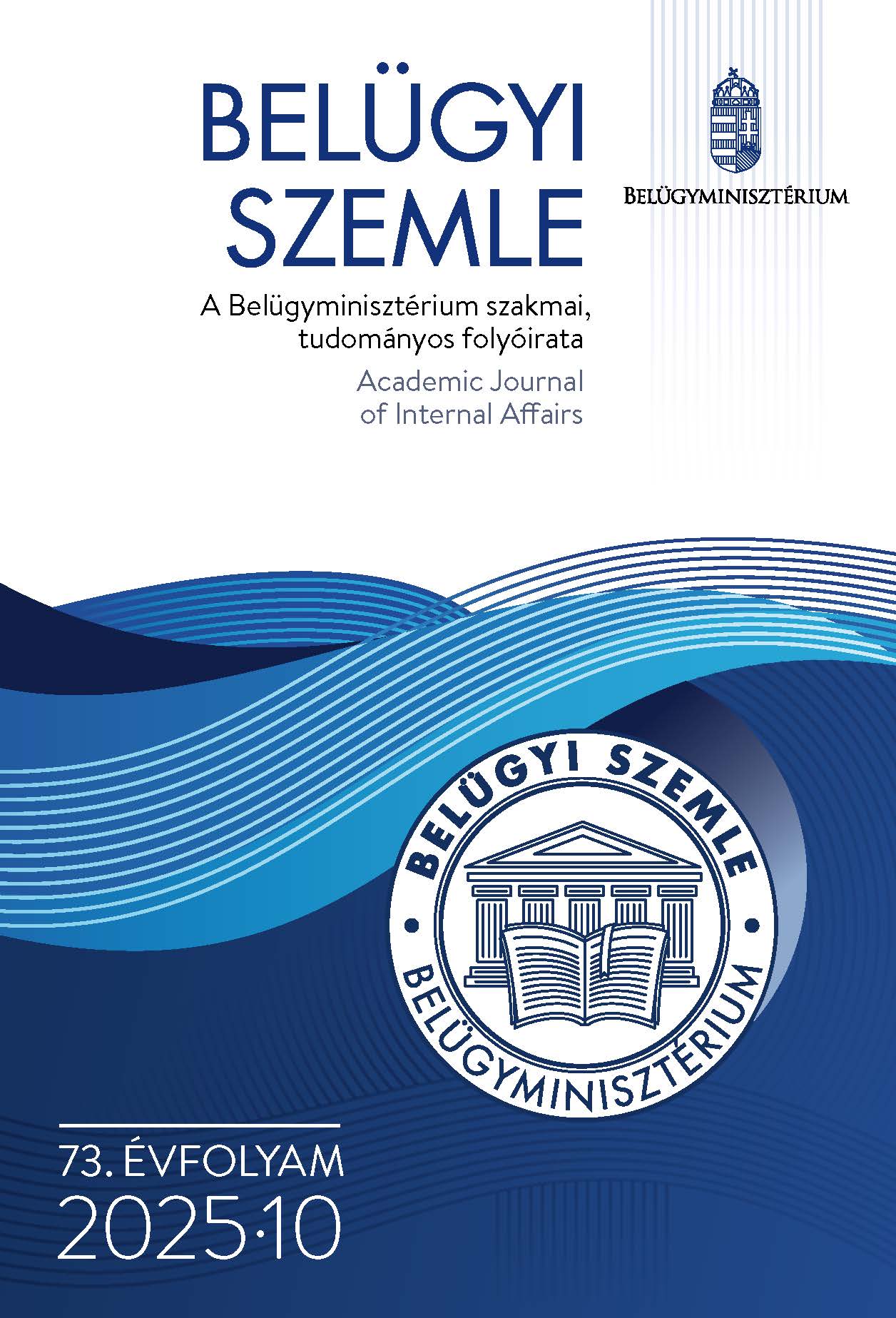Abstract
Aim: The study aims to analyse the implementation of strategic human resource management (SHRM) in European public administrations, focusing on generational challenges, workforce planning, and HRM strategies to enhance public sector attractiveness.
Methodology: The research is based on a large-scale international and Hungarian study, utilizing surveys, interviews, and statistical analyses conducted among EUPAN member states and observer countries to assess HRM frameworks and generational workforce integration.
Findings: The results indicate varying levels of SHRM adoption, with some countries implementing comprehensive HRM strategies while others face structural and policy challenges. Additionally, the study highlights the role of HR data-driven decision-making and the impact of generational shifts on public administration workforce planning.
Value: This research provides practical recommendations for improving generational management and modernizing recruitment and retention strategies in public administration. By identifying best practices and gaps, it offers insights for policymakers and HR professionals seeking to adapt HRM frameworks to demographic changes and labour market demands.
References
Argyris, C. (1960). Understanding organisational behavior. Dorsey Press.
Baker, R. W., McNeil, O. V., & Siryk, B. (1985). Expectation and reality in freshman adjustment to college. Journal of Counseling Psychology, 32(1), 94–103. https://doi.org/10.1037/0022-0167.32.1.94
Boxall, P., & Purcell, J. (2003). Strategy and human resource management. Palgrave Macmillan.
EUPAN. (2021). Ageing and talent management in European public administrations. European Public Administration Network. https://www.eupan.eu/wp-content/uploads/2021/07/Ageing-and-Talent-Management-in-European-Public-Administrations.pdf
European Commission. (2022). A new human resources strategy for the Commission. https://commission.europa.eu/document/download/3d1dc4df-7995-44b8-bf08-396930fb8c9d_en?filename=C-2022-2229-EN.pdf
Federal Ministry of the Interior and Community. (2021). Wegeweiser 2021 [Pathfinder 2021]. https://www.bmi.bund.de/SharedDocs/downloads/DE/veroeffentlichungen/themen/oeffentlicher-dienst/wege-weiser-2021.pdf?__blob=publicationFile&v=4
Foundation “Baltic Institute of Social Sciences,” & O.D.A. Ltd. (2015). The study on the future role and development of the public administration. Riga.
Haq, S. (2011). Ethics and leadership skills in the public service. Procedia - Social and Behavioral Sciences, 15, 2792–2796. https://doi.org/10.1016/j.sbspro.2011.04.190
Lattice. (2024). State of people strategy report. https://lattice.com/state-of-people-strategy-report-2024
McMahan, G. (1992). Theoretical perspectives for strategic human resource management. Journal of Management, 18(2), 295–320. https://doi.org/10.1177/014920639201800206
Nolan-Flecha, N. (2019). Next generation diversity and inclusion policies in the public service: Ensuring public services reflect the societies they serve. OECD Working Papers on Public Governance (No. 34). OECD Publishing. https://doi.org/10.1787/51691451-en
OECD. (2020). OECD public integrity handbook. OECD Publishing. https://doi.org/10.1787/ac8ed8e8-en
OECD. (2023). Government at a glance 2023. OECD Publishing. https://doi.org/10.1787/9789264276905-en
Paksi-Petró, Cs. (2023). Human resource management and its legislative background within Hungarian public administration. In Á. Auer, Z. Bankó, G. Békési, Gy. Berke, Z. Hazafi, & D. Ludányi (Szerk.), Ünnepi tanulmányok Kiss György 70. születésnapjára: Clara pacta, boni amici (p. 520). Wolters Kluwer Hungary.
Park, S. (2020). Determinants of the job satisfaction of public officials: Testing the mediation effect of organizational commitment. Public Organization Review, 20(4), 665–684. https://doi.org/10.1007/s11115-020-00465-6
Portuguese Presidency. (2021). Public employee motivation in EU central and federal public administrations: An exploratory approach.
Storey, J., Ulrich, D., & Wright, P. (2019). Strategic human resource management: A research overview. Routledge.
Truxillo, D. M., Cadiz, D. M., & Rineer, J. R. (2014). The aging workforce: Implications for human resource management research and practice. In M. C. Smith & N. DeFrates-Densch (Eds.), The Oxford handbook of lifespan development (pp. 439–459). Oxford University Press.

This work is licensed under a Creative Commons Attribution-NonCommercial-NoDerivatives 4.0 International License.
Copyright (c) 2025 Academic Journal of Internal Affairs

